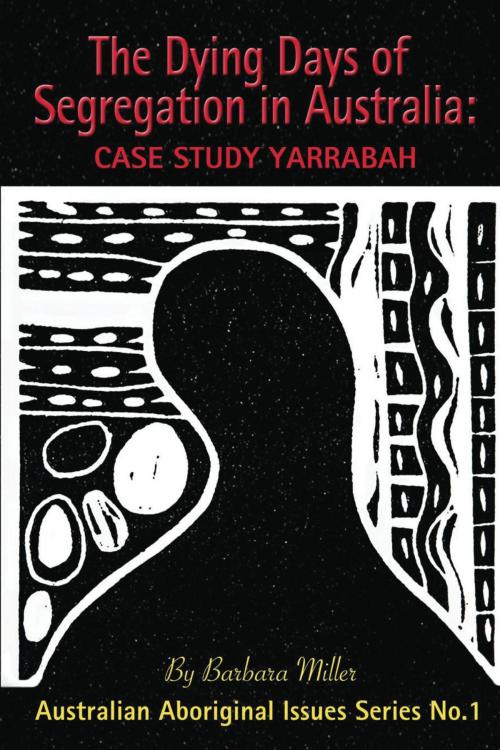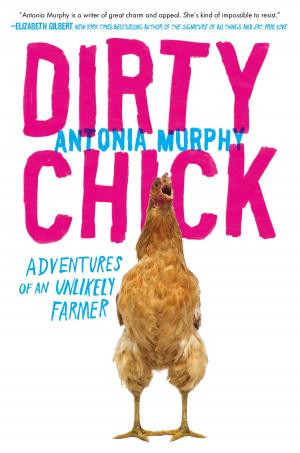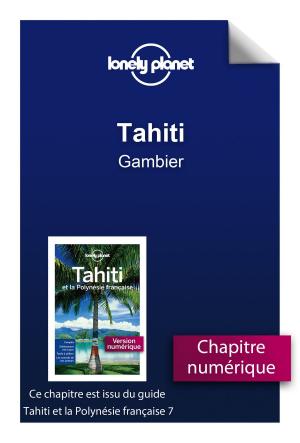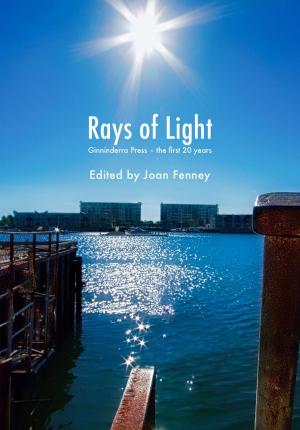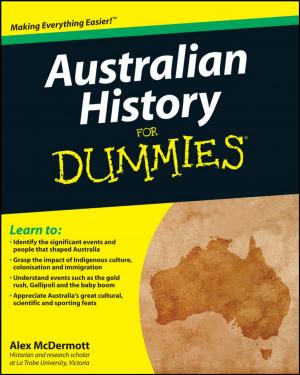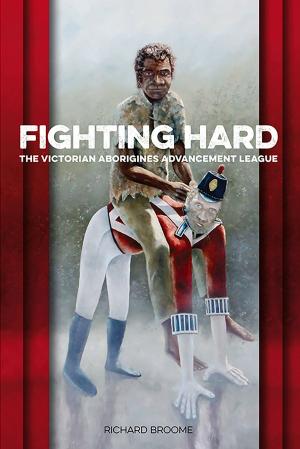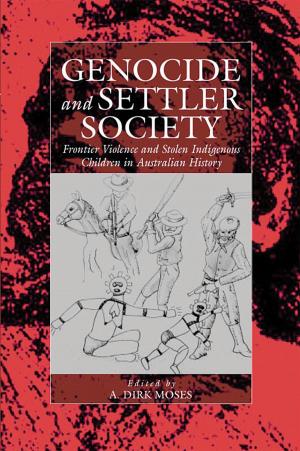The Dying Days of Segregation in Australia: Case Study Yarrabah
Nonfiction, Social & Cultural Studies, Social Science, Sociology, Rural, History, Australia & Oceania| Author: | Barbara Miller | ISBN: | 9780995369122 |
| Publisher: | Barbara Miller | Publication: | September 26, 2016 |
| Imprint: | Smashwords Edition | Language: | English |
| Author: | Barbara Miller |
| ISBN: | 9780995369122 |
| Publisher: | Barbara Miller |
| Publication: | September 26, 2016 |
| Imprint: | Smashwords Edition |
| Language: | English |
For history buffs, politics and Aboriginal affairs enthusiasts, this book is an eye-opening look at Aboriginal Affairs in Australia and in the biggest former reserve in Queensland – Yarrabah near Cairns. It is a must on the shelves of history teachers, University lecturers, students and those who like to keep themselves informed. What is different about it is you hear from the voices of the Yarrabah people themselves, their worries, their hopes and dreams and their reaction to the crushing legislation that has affected their lives. It is an amazing insider view from a writer that is close to the action. It is painstakingly researched and has been endorsed by a litany of voices – Indigenous and academic.
The author interviewed Aboriginal people at a time of historic change in Queensland, the far north of Australia, which has been likened to the deep south of the USA. No this is not South Africa. Remarkably, this is Australia. Indigenous people had been segregated on reserves for nearly 100 years ostensibly to protect them from white settlement which was wiping them out. Indigenous people had to have permits to live on, leave or visit a reserve and could be removed to another reserve at the will of the white manager or police. They had to have permission to marry or work.
Despite the federal government passing the Racial Discrimination Act in 1975, the Queensland government refused to change. Even within Yarrabah there were white only and black only sections of the town. However in 1984, a near-fatal blow to segregation was struck and the Yarrabah reserve started on its way to self-government, still a long tortuous process. Indigenous peoples were not allowed to have ownership to the reserve areas. That too started to change in 1982-84 with the DOGIT legislation. This book examines the human rights abuses of the Queensland Aborigines Act and the legislation of 1984 that replaced it.
Now the author has returned to her subject and examined the last 30 years as she brings the topics of segregation, self-determination, local government and land rights up to date in 2016, visiting the historic Mabo and Wik native title cases and their aftermath. The case of Yarrabah is put into national context as the author examines the dying days of segregation in Australia.
For history buffs, politics and Aboriginal affairs enthusiasts, this book is an eye-opening look at Aboriginal Affairs in Australia and in the biggest former reserve in Queensland – Yarrabah near Cairns. It is a must on the shelves of history teachers, University lecturers, students and those who like to keep themselves informed. What is different about it is you hear from the voices of the Yarrabah people themselves, their worries, their hopes and dreams and their reaction to the crushing legislation that has affected their lives. It is an amazing insider view from a writer that is close to the action. It is painstakingly researched and has been endorsed by a litany of voices – Indigenous and academic.
The author interviewed Aboriginal people at a time of historic change in Queensland, the far north of Australia, which has been likened to the deep south of the USA. No this is not South Africa. Remarkably, this is Australia. Indigenous people had been segregated on reserves for nearly 100 years ostensibly to protect them from white settlement which was wiping them out. Indigenous people had to have permits to live on, leave or visit a reserve and could be removed to another reserve at the will of the white manager or police. They had to have permission to marry or work.
Despite the federal government passing the Racial Discrimination Act in 1975, the Queensland government refused to change. Even within Yarrabah there were white only and black only sections of the town. However in 1984, a near-fatal blow to segregation was struck and the Yarrabah reserve started on its way to self-government, still a long tortuous process. Indigenous peoples were not allowed to have ownership to the reserve areas. That too started to change in 1982-84 with the DOGIT legislation. This book examines the human rights abuses of the Queensland Aborigines Act and the legislation of 1984 that replaced it.
Now the author has returned to her subject and examined the last 30 years as she brings the topics of segregation, self-determination, local government and land rights up to date in 2016, visiting the historic Mabo and Wik native title cases and their aftermath. The case of Yarrabah is put into national context as the author examines the dying days of segregation in Australia.
